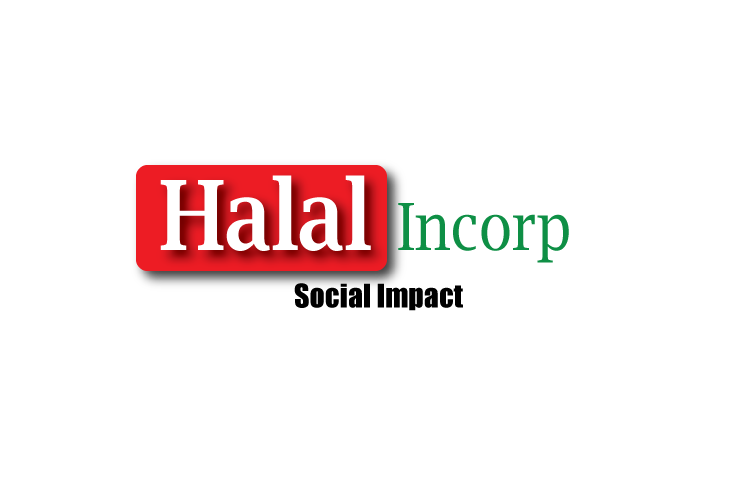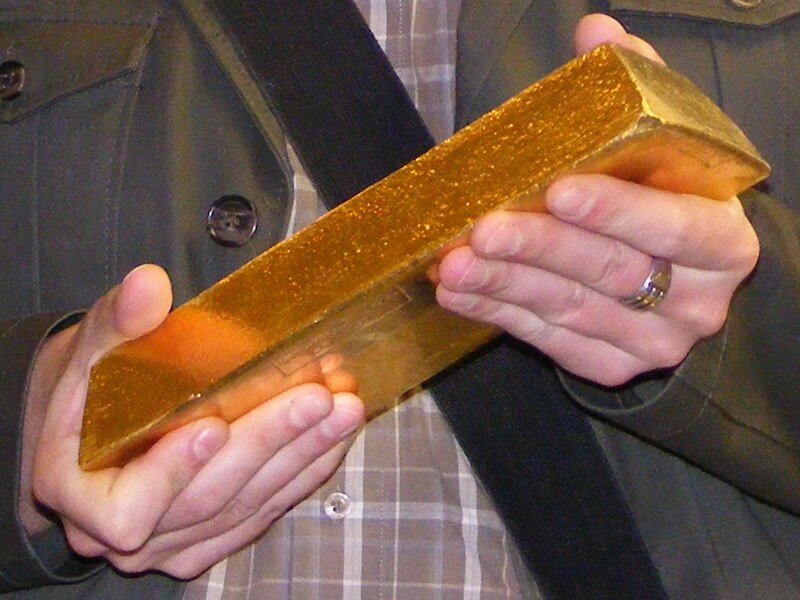Investing In Rare Earth Metals
By Staf Writer, Halal Incorp
The Golden Opportunity: Investing in Precious Metals
In an ever-changing economic landscape, investors constantly seek avenues for diversification and wealth preservation.
Investing In Rare Earth Metals
Among the myriad investment options available, precious metals have long held a special allure. Gold, silver, platinum, and palladium have been revered for their intrinsic value, serving as a hedge against inflation, currency devaluation, and economic uncertainty.
In this article, we delve into the world of investing in precious metals, exploring the reasons behind their appeal, the various avenues for investment, and key considerations for investors.
Investing In Rare Earth Metals
Why Invest in Precious Metals?
- Safe Haven Asset: Precious metals, particularly gold, have historically been viewed as a safe haven during times of economic turmoil. When stock markets fluctuate, and currencies lose value, investors often flock to gold as a store of wealth.
- Inflation Hedge: Unlike fiat currencies, which can be devalued by inflationary pressures, precious metals tend to hold their value over time. They have a limited supply, making them resilient in the face of rising prices.
- Portfolio Diversification: Including precious metals in a diversified investment portfolio can help mitigate risk. Their performance often moves independently of other assets like stocks and bonds, providing a buffer against market volatility.
- Tangible Asset: Unlike stocks or bonds, which are essentially paper assets, precious metals are tangible assets. This physical presence can instill a sense of security in investors, especially during times of financial uncertainty.
Investing In Rare Earth Metals
Ways to Invest in Precious Metals
- Physical Bullion: Purchasing physical gold, silver, platinum, or palladium in the form of bars or coins is perhaps the most traditional way to invest in precious metals. Bullion can be bought from reputable dealers or mints and stored in a secure location such as a bank vault or a home safe.
- Exchange-Traded Funds (ETFs): For investors seeking exposure to precious metals without the hassle of physical ownership, ETFs offer a convenient option. These funds invest in a basket of precious metals and trade on stock exchanges, providing liquidity and ease of transaction.
- Mining Stocks: Investing in companies engaged in the exploration, extraction, and production of precious metals can be another way to gain exposure to the sector. Mining stocks often exhibit higher volatility compared to the underlying metals but can offer significant upside potential during bull markets.
- Futures and Options: Sophisticated investors may choose to trade futures contracts or options on precious metals through commodity exchanges. These derivatives allow for leveraged bets on the price movements of metals but entail higher risk and complexity.
- Precious Metal IRAs: Some financial institutions offer Individual Retirement Accounts (IRAs) specifically tailored for investing in precious metals. These accounts allow investors to hold physical bullion within a tax-advantaged retirement savings vehicle, providing diversification and security for long-term wealth preservation.
Key Considerations for Investors
- Risk Tolerance: Precious metals can be volatile assets, subject to sharp price fluctuations driven by various factors such as geopolitical tensions, central bank policies, and market sentiment. Investors should assess their risk tolerance and investment horizon before allocating capital to this sector.
- Storage and Security: If opting for physical bullion, investors must consider storage and security arrangements. Storing large quantities of precious metals at home may pose security risks, necessitating alternative solutions such as bank safe deposit boxes or third-party storage facilities.
- Market Dynamics: Understanding the supply-demand dynamics and market drivers of each precious metal is crucial for informed decision-making. Factors such as industrial demand, jewelry consumption, and central bank buying can influence prices significantly.
- Diversification: While precious metals can play a valuable role in a diversified portfolio, investors should avoid overexposure to any single asset class. Balancing allocations across different asset categories, including stocks, bonds, real estate, and cash, can help reduce overall portfolio risk.
- Costs and Fees: Investors should be mindful of transaction costs, premiums, and management fees associated with investing in precious metals. These expenses can erode returns over time, particularly for those holding physical bullion or investing through ETFs and mutual funds.
In conclusion, investing in precious metals can offer diversification, stability, and wealth preservation benefits to investors seeking to safeguard their portfolios against economic uncertainties.
Investing In Rare Earth Metals
Whether through physical ownership, ETFs, mining stocks, or other investment vehicles, the allure of precious metals endures as a timeless asset class in the world of finance. However, like any investment decision, thorough research, prudent risk management, and a long-term perspective are essential for success in this space.
Featured Image Source: Click Here

